Why drug shortages keep happening - and how to stop them
It’s 2025, and you’re still hearing about shortages of antibiotics, insulin, or heart medications. Hospitals ration doses. Patients wait weeks. Pharmacies call around, hoping someone has stock. This isn’t a glitch. It’s a system failure - one we saw coming.
The problem isn’t just bad luck or bad weather. It’s that for decades, drugmakers prioritized cheap, lean supply chains over safety. They moved production overseas to cut costs, relying on single suppliers in just two countries: China and India. Together, they make 68% of the world’s active pharmaceutical ingredients (APIs). That’s not diversity - that’s a single point of failure.
When a factory in Shanghai shuts down for regulatory checks, or a port in Mumbai gets blocked by strikes, the ripple effect hits hospitals in Bristol, Chicago, and Berlin. And when a pandemic hits? The system breaks.
What resilience really means in pharma
Resilience isn’t about being bulletproof. It’s about being bendable. The U.S. Department of Health and Human Services defines it clearly: the ability to anticipate, prepare for, respond to, and recover from disruptions - without letting patients go without medicine.
Think of it like a bridge. A rigid bridge snaps under too much weight. A flexible one sways, absorbs stress, and stays standing. That’s what resilient supply chains do. They don’t avoid disruption. They handle it.
Companies that built resilience before 2020 saw 23% higher operational continuity during crises. That’s not luck. That’s strategy. And it saved them an average of $14.7 million per major disruption.
Three pillars of a resilient supply chain
There are three non-negotiable pillars: preparedness, response, and recovery.
- Preparedness means knowing where your risks are. Top companies now map out 12 to 15 tiers of suppliers - not just their direct vendor, but their vendor’s vendor, and their vendor’s vendor’s vendor. If a chemical supplier in Germany depends on a dye from Bangladesh, and that dye comes from a single plant in China? That’s a hidden risk. You need to see it before it breaks.
- Response is about acting fast. That means having buffer stock. For essential medicines like epinephrine or heparin, leading hospitals and manufacturers now keep 60 to 90 days of inventory on hand. Not 30. Not 14. Ninety. That’s what gives you breathing room during a crisis.
- Recovery is about getting back to normal faster. That’s where technology comes in. Continuous manufacturing - a modern alternative to old batch processes - cuts production time by 30-40%, uses less energy, and wastes less material. It’s not magic. But it’s a game-changer.
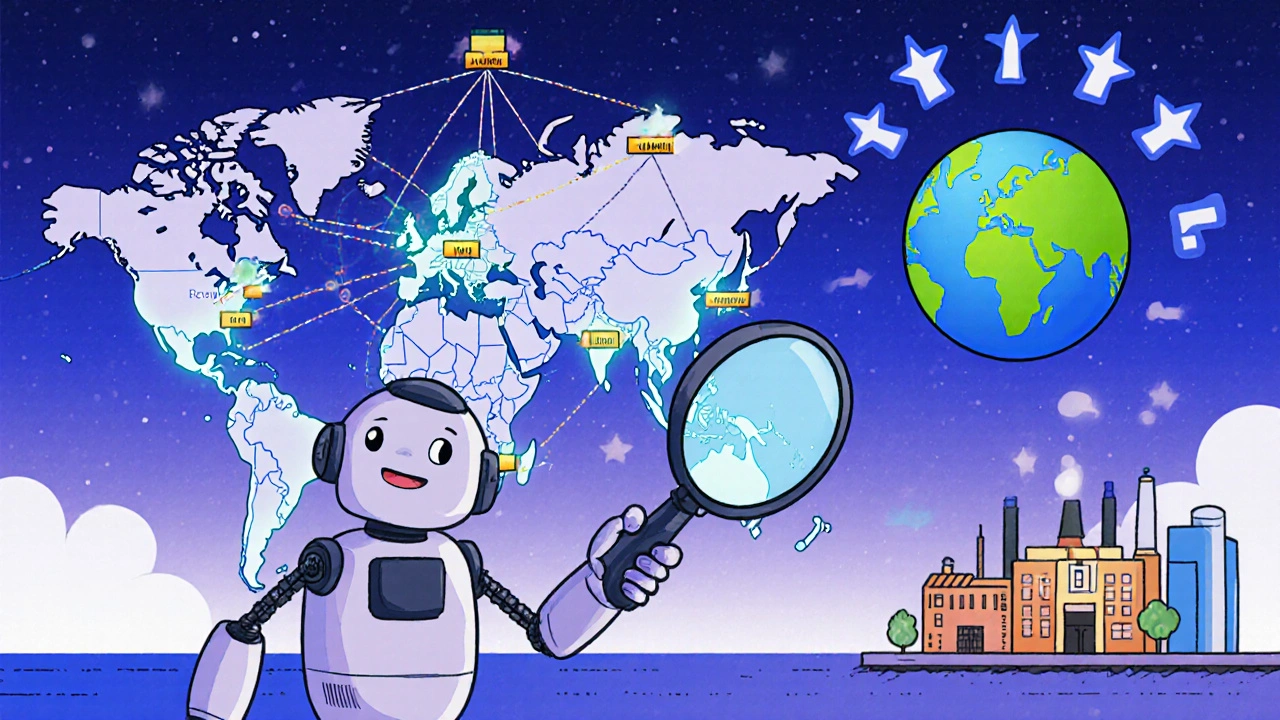
Technology isn’t optional - it’s the new backbone
Old-school pharma manufacturing still relies on giant factories that take years to build and cost hundreds of millions. But new tools are changing the game.
Continuous manufacturing systems can fit in a warehouse. They start up in months, not years. They produce 15-20% less waste. And they’re already approved for over a dozen drugs by the FDA - though only 12 out of 10,000+ approved processes use them. Why? Because regulators are slow, and old systems are entrenched.
But the tide is turning. The FDA now cuts approval time for continuous manufacturing from 3 years to under 18 months. That’s a signal. Companies that ignore this will fall behind.
AI is another tool. It can predict supply chain disruptions 60 to 90 days in advance with 85-90% accuracy. It watches weather patterns, political unrest, shipping delays, even social media chatter about raw material shortages. One company in Ohio used AI to spot a potential API shortage 11 weeks before it happened. They switched suppliers. Patients didn’t miss a dose.
Blockchain isn’t hype. It’s traceability. In pilot programs, it cut counterfeit drugs by 70-75%. When every vial has a digital fingerprint, it’s harder to sneak in fake insulin or contaminated antibiotics.
Where you can’t just buy your way out
Some leaders say: “Let’s just make everything in America.” Sounds simple. But it’s not that easy.
The U.S. currently produces only 28% of its essential APIs. For sterile injectables? Just 12%. For antibiotics? 17%. Building enough factories to cover those gaps would cost $120-150 billion globally by 2030. And even then, you’d still need raw materials from other countries.
Putting all your eggs in one basket - even a domestic one - creates new risks. If one U.S. plant goes down, you’re back to square one. That’s why experts warn: onshoring alone won’t fix this.
The smarter move? Dual-sourcing. For 70-80% of your critical APIs, have two suppliers in two different regions. One in India. One in Poland. One in Canada. Not just one in China.
And don’t forget regional hubs. The U.S. government is investing $1.2 billion to build manufacturing clusters in states like North Carolina and Pennsylvania. These aren’t just factories - they’re ecosystems with labs, logistics, and skilled workers trained together. That’s the future.
Who’s doing it right - and who’s falling behind
Big pharma companies with over $10 billion in revenue? 85% have full resilience programs. They’ve hired supply chain risk officers. They’ve integrated data across departments. They run monthly disruption simulations.
Mid-sized companies? Only 42%. Small ones? 18%.
Why the gap? It’s not money. It’s leadership. Companies that succeed have executive sponsors - not just a supply chain manager, but a CEO who signs off on budgets, attends risk reviews, and makes resilience a KPI.
One medtech firm partnered with a consultant to break down silos between procurement, manufacturing, and quality control. Before? It took 10 weeks to decide on a backup supplier during a shortage. After? Four days. That’s the power of alignment.
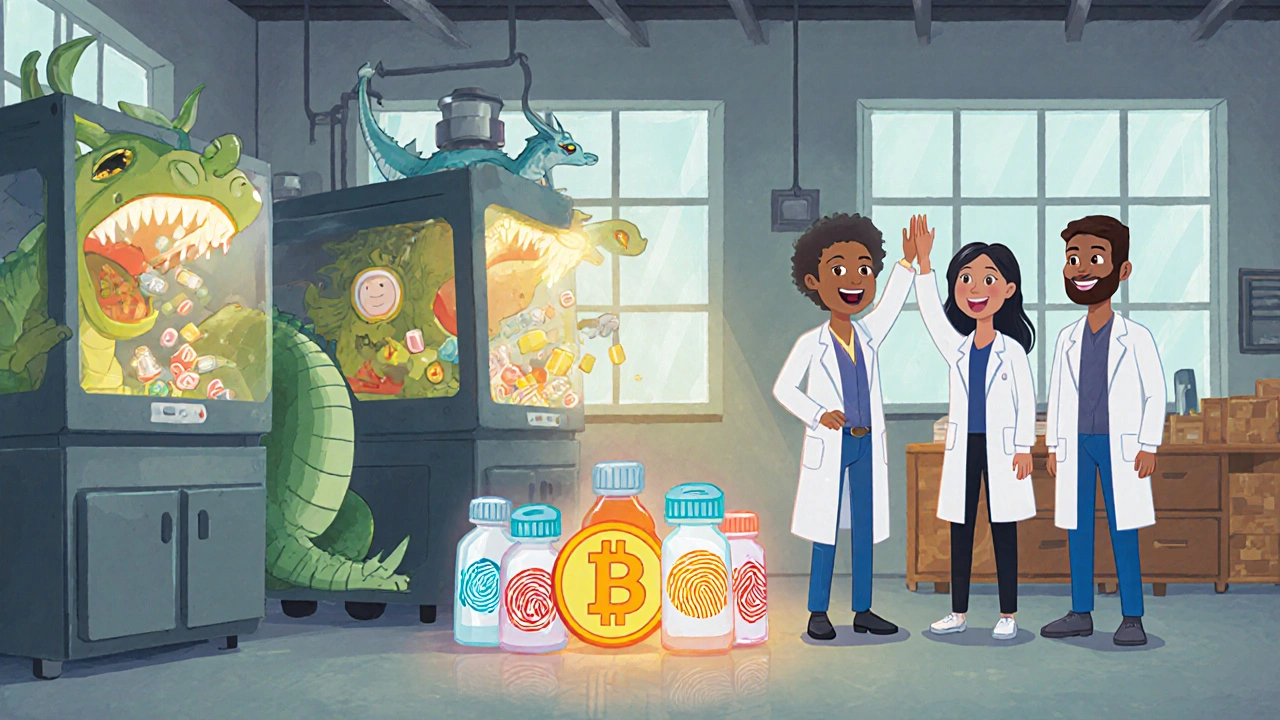
The cost of doing nothing
Building resilience adds 8-12% to the cost of goods sold. That’s real. But the cost of a shortage? Much higher.
When a hospital can’t get a life-saving antibiotic, they use a more expensive alternative. Patients stay longer. Emergency rooms get backed up. Legal risks rise. In 2023, the U.S. spent over $2 billion on emergency drug purchases due to shortages. That’s not a one-time cost. It’s a recurring tax on broken systems.
And it’s not just money. It’s trust. When patients lose faith that their medicine will be there, they stop taking it. They delay care. They die.
What you can do - now
You don’t need to be a Fortune 500 company to start building resilience. Here’s how to begin:
- Map your top 10 critical drugs. Which ones would cause the most harm if they vanished? Start there.
- Find your single points of failure. Who supplies the API? Where is it made? Who makes the packaging? Dig deeper than your invoice.
- Build a 60-day buffer. Even if it means spending a little more now, stockpile essential medicines. It’s insurance.
- Find a second supplier. Even if they’re pricier, sign a contract. Keep them on standby.
- Ask your vendor: Do you use continuous manufacturing? Do you have AI-driven risk monitoring? If they say no - start looking elsewhere.
Resilience isn’t a project. It’s a mindset. It’s about choosing safety over savings. About planning for the worst, so patients never pay the price.
What’s next? The next five years
By 2027, the global market for pharmaceutical supply chain resilience will hit $9.7 billion. That’s up from $4.2 billion in 2023. More companies will adopt AI. More governments will fund regional hubs. More regulations will require transparency.
By 2030, 65-70% of U.S. drug supply will come from regional networks - not just one country. Domestic production will rise to 35-40%. That’s progress.
But the real win? When a drug shortage becomes a rare exception - not a monthly headline.
What’s the biggest cause of drug shortages today?
The biggest cause is over-reliance on single-source suppliers, especially in China and India, for active pharmaceutical ingredients (APIs). A single factory shutdown, regulatory delay, or export restriction can cut off supply to millions of patients. Even minor disruptions ripple through the entire chain because most companies use lean inventory and have no backup.
How much inventory should a hospital keep for critical drugs?
For essential medicines like insulin, antibiotics, or epinephrine, leading hospitals and health systems now maintain 60 to 90 days of inventory. This isn’t excessive - it’s a buffer against global disruptions. Most facilities only stock 14-30 days, which leaves them vulnerable to even short delays.
Is making drugs in the U.S. the solution?
Domestic production helps, but it’s not a silver bullet. The U.S. currently makes only 28% of its essential APIs. Building enough factories to cover all needs would cost over $120 billion. Worse, relying only on U.S. suppliers creates new single points of failure. The best approach is a mix: strategic domestic capacity for critical drugs, plus diversified global sourcing.
What’s continuous manufacturing, and why does it matter?
Continuous manufacturing is a modern production method where drugs are made in a constant flow, not in batches. It’s faster, uses less space, cuts waste by 15-20%, and reduces energy use by 20-25%. It also allows quicker scaling and faster response to demand spikes. The FDA has approved 12 such systems as of 2025 - up from zero a decade ago - and approval times are now half what they used to be.
Can AI really predict drug shortages before they happen?
Yes. AI tools now analyze global data - shipping delays, political events, weather patterns, factory inspection reports, and even news about raw material shortages - to predict disruptions 60 to 90 days in advance with 85-90% accuracy. Companies using these tools have reduced emergency purchases by over 40% and avoided multi-million-dollar losses.
How much should a company spend on supply chain resilience?
Top performers allocate 8-10% of their annual supply chain budget to resilience. That includes inventory, technology, supplier audits, and staff training. Most companies spend less than 3%. But those who invest more see a 1.8x return on investment within three years - mostly from avoided disruption costs, faster recovery, and better market access during crises.


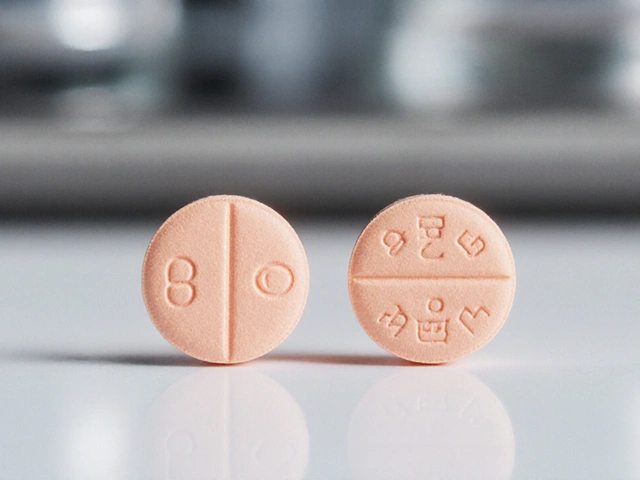
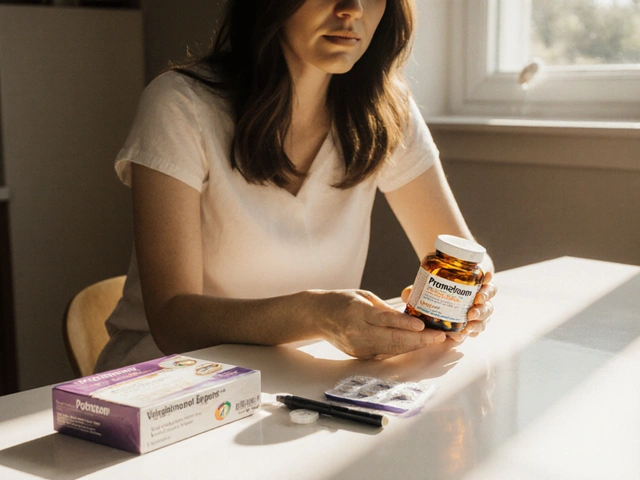
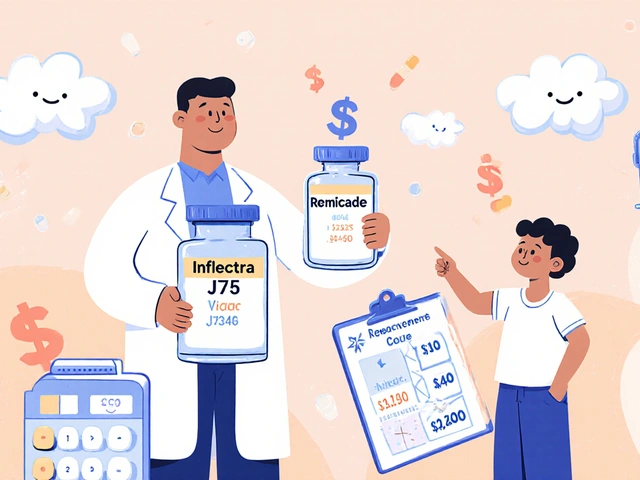
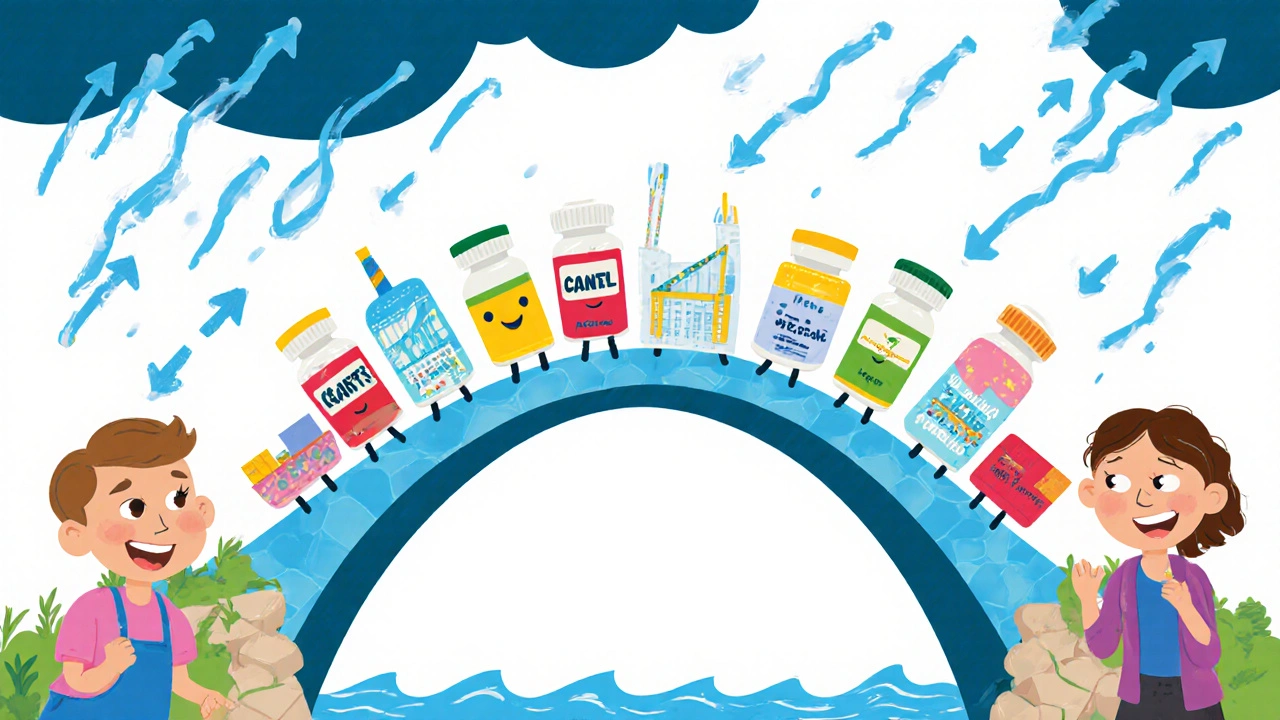
10 Comments
Honestly, this hits home. I work in pharma logistics in Bangalore, and yeah-we’re the backbone of half the world’s APIs. But no one talks about the human cost: workers grinding 12-hour shifts to meet deadlines, labs running on fumes, and regulators playing catch-up. We’re not just factories-we’re lifelines. Time to treat us like partners, not punchcards. 🙏
I had to switch my mom’s insulin brand last year because the usual one vanished for 3 months. No one warned us. No one cared. This isn’t just supply chain-it’s survival. 🫂
Okay but can we talk about how wild it is that we’re still using 1970s manufacturing tech in 2025? 😱 Continuous manufacturing isn’t ‘future tech’-it’s basic hygiene. The FDA’s moving slow because bureaucracy is a religion now. Meanwhile, patients are dying because someone’s spreadsheet says ‘cost efficiency’ matters more than ‘life preservation’. I’m done.
This is all feel-good nonsense. 8-12% cost increase? Who’s paying? You? Me? The middle class? And ‘dual-sourcing’? That’s just outsourcing to two countries instead of one. And AI predictions? They’re wrong 10-15% of the time-so what? You’re still gonna run out of epinephrine. This whole post is just consultants selling fear.
I’m a nurse in rural Ohio. We’ve had to ration antibiotics three times this year. I’ve watched elderly patients cry because they can’t get their heart meds. This isn’t a business problem-it’s a moral one. The people who wrote this post? They get it. We need leaders who see patients as people-not line items. Thank you for saying this out loud.
Lmao ‘resilient supply chains’. Sounds like corporate buzzword bingo. We’re just gonna make all the drugs in Canada now? LOL. And ‘blockchain’? You mean like crypto? Bro. I’m not even mad. Just tired. 😴
As someone whose dad survived sepsis because he got his antibiotic on time-I’m screaming at my screen right now. This is the most important thing I’ve read all year. If you’re reading this and you work in pharma? Please. Do better. For the moms. For the kids. For the grandpas who just want to live to see their grandkids graduate. 💪❤️
This is the most overwrought, self-congratulatory, buzzword-laden garbage I’ve read this month. ‘Resilience’? ‘Dual-sourcing’? You think this is novel? The U.S. government spent $100B on defense contractors last year and didn’t blink. But now we’re supposed to believe $120B for pharma is ‘unaffordable’? You’re lying to yourself. This is about power. Not patients.
I work with a small biotech in Portland-we only make one drug, but it’s critical for kids with rare metabolic disorders. We’ve been using continuous manufacturing since 2022. Our production time dropped from 6 weeks to 9 days. We’ve never had a shortage. We didn’t need a CEO to sign off-we just did it. The tech exists. The will? That’s the real bottleneck. If you’re waiting for permission-you’re already too late.
I’m just waiting for the first CEO to get arrested for this. 🤡 When a child dies because their insulin was ‘too expensive to stock’, someone’s gonna go to jail. And it won’t be the worker in India. It’ll be the guy in a suit in New Jersey who said ‘let’s cut costs’. I hope his kids need medicine one day. I hope they wait. I hope they suffer. And I hope he watches.